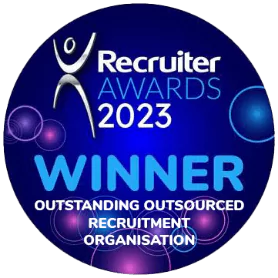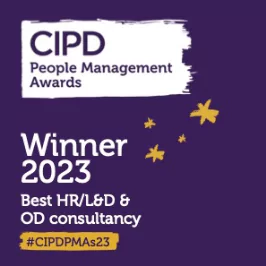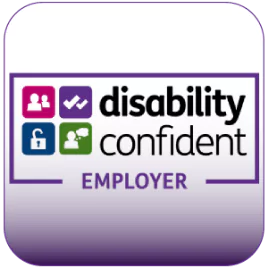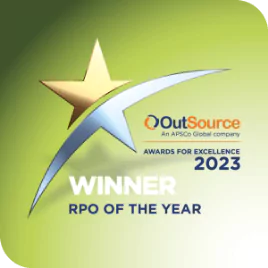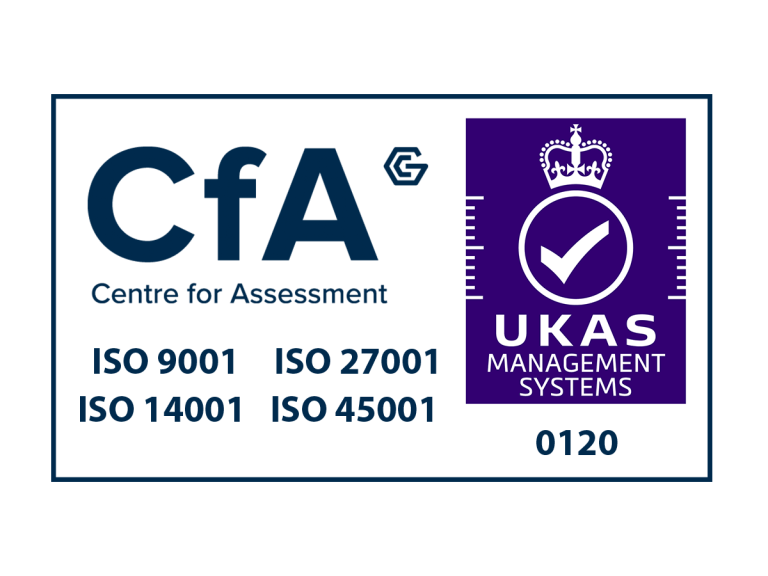By using current case studies and advanced techniques, Omni’s EDI training programmes enable leadership teams to foster an inclusive environment within the workplace helping to retain and develop diverse talent.
Recruiting for Resilience




The impacts of Covid, lockdown and Brexit mean most organisations are having to cope with more change, increased uncertainty and bigger challenges than ever before. This has resulted in a higher pressure, more stressful work environment for many people.
The ability of organisations to hire Resilient individuals, ie those people that are able to overcome challenges and recover from setbacks, is more important than ever. Research shows that more Resilient employees:
Here we look at some ways to make sure your next hire has the Resilience they need to be successful.
The challenges that your new employee is going to face will be specific to their role. For example, the particular customers, type of work, company culture, targets and support available will all impact on the types of challenges that they may need to overcome and the potential sources of stress they will face.
Individuals each find different situations stressful and different problems unsurmountable. They will have their own coping mechanisms and tactics they employ when faced with challenges to remain effective, particularly when placed under pressure. Some people are better able to cope in particular situations than others, so a problem that may be really stressful for one person, may be seen, positively and, as an exciting challenge by someone else.
Therefore, identifying the candidates that are best able to thrive in your specific environment is going to be key.
Consider the role you are recruiting, what are the actual challenges that fall part of the role holder’s accountability? What may prove problematic to someone new into the role? What can you learn from the current team members, recent resignations or your existing managers that will help you to understand what the difficulties really are? It may be useful to use this exercise as an opportunity to review the Job Description, particularly, if it’s not been updated since the beginning of 2020. Has the job changed? Does the description reflect the realities and let someone joining know what to expect?
Consider how the attitude and approach of current team members (ie their behaviours, traits and the tactics they employ) helps or hinders individuals to remain composed, effective and able to overcome challenges.
Once you have identified what is likely to increase someone’s ability to overcome challenges and recover from setbacks in your specific environment, seek out candidates that are well able to demonstrate these Resilience Attributes when under pressure or faced with challenge and adversity.
A well designed, structured assessment will allow you to identify the Resilience Attributes that an individual prefers to, and is capable of, employing when under pressure. For example, well considered behavioural, strengths-based or hypothetical (scenario based) interview questions may all elicit good evidence, as will appropriately employed psychometric questionnaires or behavioural simulation exercises.
However, if used in isolation, an evaluation of Resilience is not enough to base a selection decision on. So this assessment should form part of broader selection process where you are evaluating the capability and potential across a range of assessment criteria. By taking a structured approach, you can incorporate Resilience into a broader assessment framework and ensure that it is given the consideration it requires in the final decision.
It is important that, during this process, you resist the temptation to be too restrictive. It is extremely unlikely that there are only one or two effective ways for someone to be resilient so don’t look to create drones. Seek to establish where the individual draws their resilience from and consider how effective this would be in this particular role and environment. Use this as a way to increase, rather than limit, diversity of approach and thinking in the team.
As with any assessment process, evaluation is key. Review the impact the selection process has had on new starters. Typically, data around: new starter retention, probation, absenteeism, performance, engagement, diversity and operational KPIs can provide insight into whether the new process is increasing resilience.

Absolutely. Omni’s development centres are specifically designed to unlock the potential of your existing employees. Our structured assessments, aligned to your internal frameworks, are designed to identify individuals’ strengths, skills gaps, and areas for improvement, informing targeted developmental activities that drive real impact on individual and organisational performance.
Our assessment solutions are designed to elevate your hiring process by identifying the best candidates based on their skills, potential, and fit for the role. We help you define the critical competencies required for success, develop tailored assessments that accurately evaluate these competencies, and provide deep insights into candidates’ aptitude and personality traits. This evidence-based approach improves productivity, reduces turnover, and ensures a positive candidate experience. There are several benefits that personality profiling can bring to the recruitment process, such as supporting inclusive hiring, improved decision making, and increased efficiency.
Omni enhances your Employer Brand by presenting your organisation in a way that resonates with different candidate personas. By identifying these personas through rigorous market research and engaging them where they spend time online, Omni ensures that your recruitment marketing is relevant and broadens your access to talent. This approach pulls on relevant levers that are important to candidates’ values and drivers. Enhancing the employer brand to attract and retain talent remains one of the top key trends in recruitment and Omni’s Talent Strategy team can help your organisation do so.
The Resourcing Effectiveness Assessment (REA) is a rapid and flexible audit of an organisation’s resourcing maturity. The REA takes an integrated approach with key data derived from surveying recent hires, regretted candidates, and hiring managers; focus groups with strategic leaders, hiring managers and HR/TA teams; align with desktop research. Evaluation uses Omni’s four-level maturity index across five key areas: Strategy, People & Experience, Process, Tech & Data and EDI, with a further 20 sub-categories.

